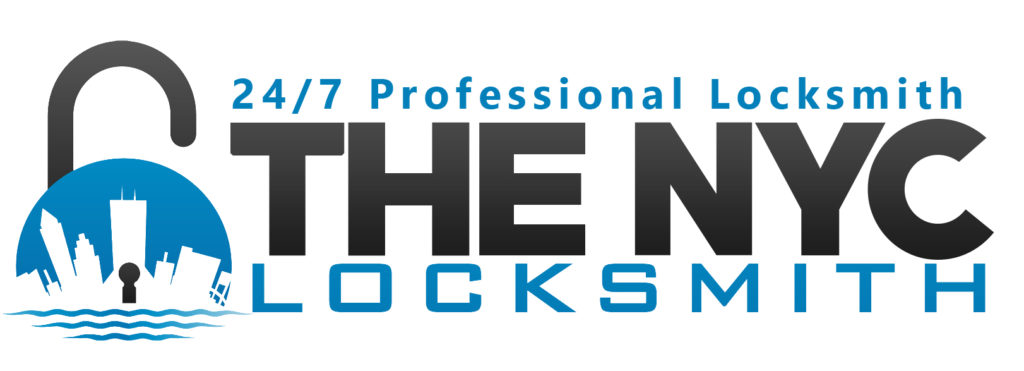When you’ve been staring at the old safe that’s been in the family for what feels like generations, trying to get at it but only failing, you’re probably wondering: Can a locksmith open a safe?
The answer to that question is yes. But the method, time, and cost depend entirely on your safe’s type and security level. Professional locksmiths successfully open locked safes daily using specialized tools and techniques. Here’s what you need to know:
What Type of Safe Are We Dealing With?
1. Fire-Resistant Home Safes
These lightweight document safes from brands like SentrySafe and First Alert are the easiest to open. With thin walls designed for fire protection rather than theft prevention, locksmiths typically access these units in 15-30 minutes. Opening these would cost you around $150 to $250.
2. High-Security Safes
True security safes feature hardened steel construction, multiple locking bolts, and sophisticated mechanisms. Brands like Liberty, Amsec, and Cannon manufacture these 500-2000-pound units specifically to resist forced entry. Opening these would require specialized equipment and expertise. This process takes around 1 to 3 hours, with the cost ranging from $300 to $800.
3. Antique and Vintage Safes
Pre-1960 safes can be difficult to open because a lot of these have discontinued mechanisms and manufacturers. However, many vintage locks use simpler technology that experienced locksmiths can manipulate.
Different Opening Methods Locksmiths Use
1. Electronic Manipulation
Most locksmiths use electronic devices that analyze digital lock responses to decode combinations. These tools can bypass many electronic keypads without damage in less than an hour.
2. Mechanical Manipulation
For combination locks, locksmiths detect subtle clicks, resistance changes, and mechanical feedback to determine the correct sequence. This is a highly skill-intensive method which aims to preserves the lock’s functionality.
3. Drilling
When manipulation fails, locksmiths sometimes resort to drilling tiny holes in specific locations to disable locking mechanisms while maintaining the safe’s usability. They target predetermined weak points based on manufacturer specifications.
4. Scope Insertion
Using fiber-optic cameras, locksmiths can view internal mechanisms through small access points, allowing them to manipulate components directly.
When Can Locksmiths Not Help?
Extremely High-End Safes
Military-grade containers, bank vaults, and safes that require manufacturer-specific codes often need specialized safe technicians rather than general locksmiths.
Severely Damaged Units
Fire damage, flooding, or structural damage may require safe removal and workshop repair rather than on-site opening.
Time-Lock Mechanisms
Some commercial safes include time delays that prevent opening during specific hours, regardless of having the correct combination.
Legal Requirements for Service
Professional locksmiths require ownership verification before opening any safe.
Here’s what proof they usually ask for:
- Purchase receipts or warranty documentation
- Photos showing the safe in your location over time
- Estate documentation for inherited safes
- Property ownership records
This verification protects both customers and locksmiths from potential legal complications.
Why Do DIY Attempts Usually Fail?
DIY attempts usually fail, here’s why:
- Excessive force that damages the mechanisms permanently
- Wrong drilling locations that make professional repair impossible
- Using inappropriate tools that leave evidence of tampering
You probably think you’re saving on a bunch of cash by attempting to break into your home or office’s safe, but that’s hardly the truth. A $300 professional opening becomes a $800+ repair when DIY methods damage internal components. What’s worse is that insurance may also deny claims for self-inflicted damage.
Choosing the Right Professional for the Right Job
When you’ve got a safe to crack open, you need to know you’re only hiring the best. Here are some red flags to avoid:
- Locksmiths who don’t request ownership verification
- Quotes that are significantly below market rates
- No physical business address or licensing information
- Unwillingness to explain their opening method
When working with professionals, you’ll always get detailed estimates before beginning work and multiple opening options when possible, before resorting to the best one.
Also Read: How to Find a Reliable Emergency Locksmith Near You
Tips on Preventing Future Lockouts
Safe lockouts can happen to the best of us, but that doesn’t mean there aren’t ways to prevent them from happening.
Document Your Access Information
Store combinations and keys in separate secure locations. You can even consider a safety deposit box for backup documentation.
Regular Maintenance
Annual lock lubrication and mechanism cleaning prevent common failure modes that lead to lockouts.
Consider Upgrading
Biometric locks eliminate forgotten combinations completely all while maintaining security levels comparable to traditional methods.
The Right Locksmith Makes Opening a Safe a Piece of Cake!
Professional locksmiths have all the right tools, training, and experience to open virtually any residential or commercial safe you’ll encounter. So, to answer your question: can a locksmith open a safe? The answer is a definitive yes – at least for the right locksmith!
The NYC Locksmith provides expert safe-opening services throughout New York City. Our licensed technicians use non-destructive methods whenever possible, so your safe remains functional for future use while getting you access to your valuables quickly. Give us a try today, you won’t be disappointed!

